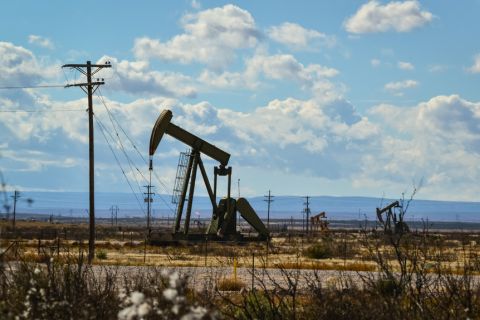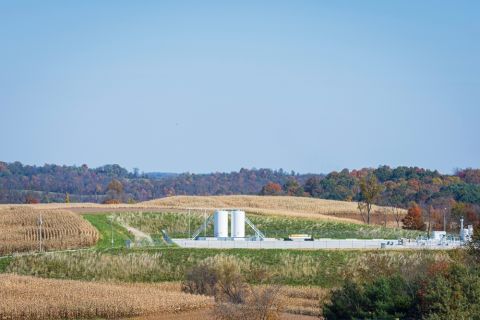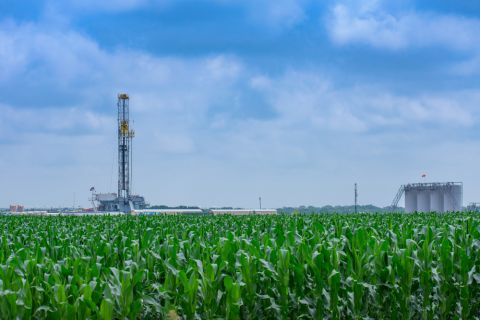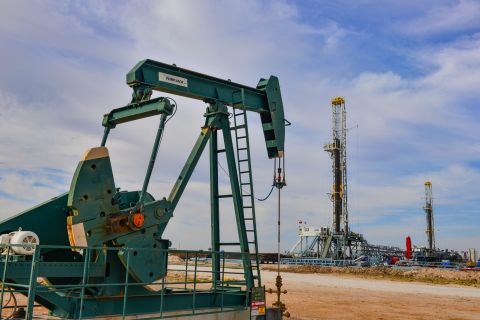U.S. natural gas futures jumped more than 10% to more than a 13-year-high on April 18, surging on the back of an unseasonable cold snap in the United States expected to bring snow and ice to northern states.
The unusual weather has boosted natural gas futures at a time when that market is generally shifting to moving gas into storage in preparation for the next winter. In addition, steady demand in Europe for LNG has kept U.S. exports flowing at record levels.
Front-month gas futures were up 6.5% at $7.776 per MMBtu at 01:28 p.m. EDT (1728 GMT), having earlier hit their highest since September 2008. Last week the contract rose by 16%, the biggest one-week gain since 2020.
“The acceleration higher is mainly due to some late winter weather, low storage levels, higher demand for LNG shown by exports and some industrial demand,” said Thomas Saal, senior vice president for energy at StoneX Financial Inc.
“Going forward, the industry will want to see what are the levels of storage injections as the season progresses and if there will be a supply response to these higher prices.”
Data provider Refinitiv estimated 156 heating degree days (HDDs) over the next two weeks in the Lower 48 U.S. states, higher than the 30-year norm of 129 HDDs for this time of year.
HDDs, used to estimate demand to heat homes and businesses, measure the number of degrees a day's average temperature is below 65 F (18 C).
“A larger expansion [in deficit] appears on tap ... given this week’s unusually cold patterns across the Midcontinent region,” advisory firm Ritterbusch and Associates said in a note.
“This dynamic of deficit expansion driven by an unusually cold April is combining with continued strong export demand toward Europe in increasing the market’s upside possibilities.”
Recommended Reading
Novo II Reloads, Aims for Delaware Deals After $1.5B Exit Last Year
2024-04-24 - After Novo I sold its Delaware Basin position for $1.5 billion last year, Novo Oil & Gas II is reloading with EnCap backing and aiming for more Delaware deals.
Analysts: Why Are Investors Snapping Up Gulfport Energy Stock?
2024-02-29 - Shares for Oklahoma City-based Gulfport Energy massively outperformed market peers over the past year—and analysts think the natural gas-weighted name has even more upside.
Enverus: 1Q Upstream Deals Hit $51B, but Consolidation is Slowing
2024-04-23 - Oil and gas dealmaking continued at a high clip in the first quarter, especially in the Permian Basin. But a thinning list of potential takeout targets, and an invigorated Federal Trade Commission, are chilling the red-hot M&A market.
Mesa III Reloads in Haynesville with Mineral, Royalty Acquisition
2024-04-03 - After Mesa II sold its Haynesville Shale portfolio to Franco-Nevada for $125 million late last year, Mesa Royalties III is jumping back into Louisiana and East Texas, as well as the Permian Basin.
Mighty Midland Still Beckons Dealmakers
2024-04-05 - The Midland Basin is the center of U.S. oil drilling activity. But only those with the biggest balance sheets can afford to buy in the basin's core, following a historic consolidation trend.





